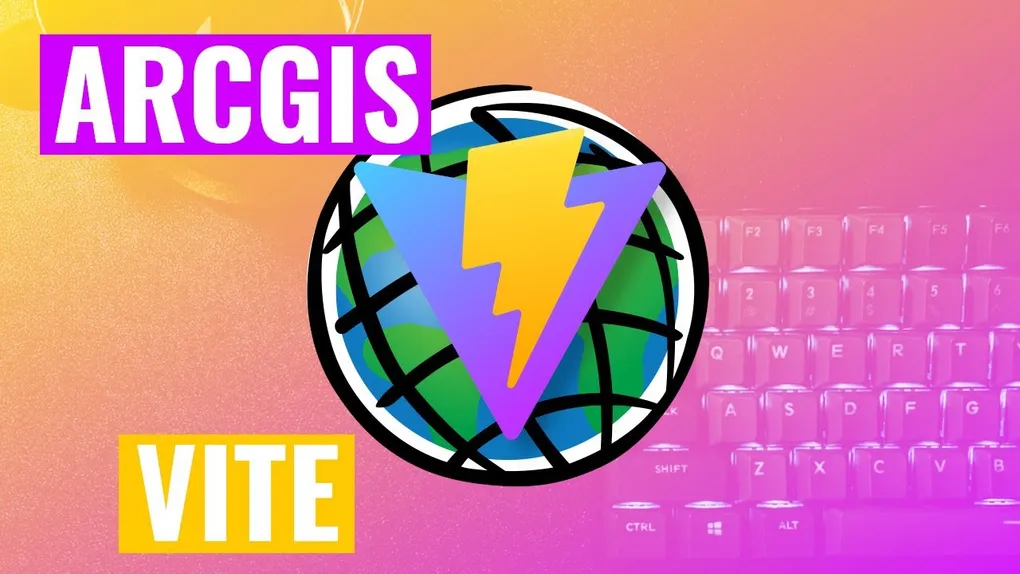
Vite with ArcGIS
Stand on your Vite
One of the newer build tools out there is Vite.What makes Vite interesting is that it leverages native ES modules for faster performance. This is especially noticeable in a development environment. It’s one of the reasons I really like Snowpack. In development mode, the Hot Module Replacement (HMR) is done via native ESM, this means app updates are wicked fast. Working with some other build tools that do a quick bundles between edits, I can tell you, this is such a pleasant experience.
So how do you get started? Let’s walk through it.
npm init @vitejs/appFrom here you can pick from a handful of app templates. I recommend the vanilla project just to get started.
Once you do that, you install the ArcGIS JSAPI into your project. Let’s use the
next release of the API for fun!
npm install @arcgis/core@nextNow you can modify the main.js file to use the API.
import WebMap from "@arcgis/core/WebMap";
import MapView from "@arcgis/core/views/MapView";
import "./style.css";
const webmap = new WebMap({
portalItem: {
id: "f2e9b762544945f390ca4ac3671cfa72",
},
});
const view = new MapView({
map: webmap,
container: "viewDiv",
});
view.when(() => console.log("view ready"));Update the css.
@import url('https://js.arcgis.com/4.18/esri/themes/dark/main.css');
html,
body,
#viewDiv {
padding: 0;
margin: 0;
height: 100%;
width: 100%;
background: rgba(50, 50, 50);
}You should add a div element with an id of viewDiv to your index.html too.
The tricky part
At this point, things can be a little tricky. The Vite template has a command
called dev you can run. So here is what you do.
npm run devLook, I told you, it’s all ESM and at this point, the ArcGIS API for JavaScript just works. No fancy configs to set up anymore. No plugins. I’m serious here. It just works. I’m going to run out of material here.
Give it a shot if you don’t believe me. Here is a video where cover these steps in more detail.